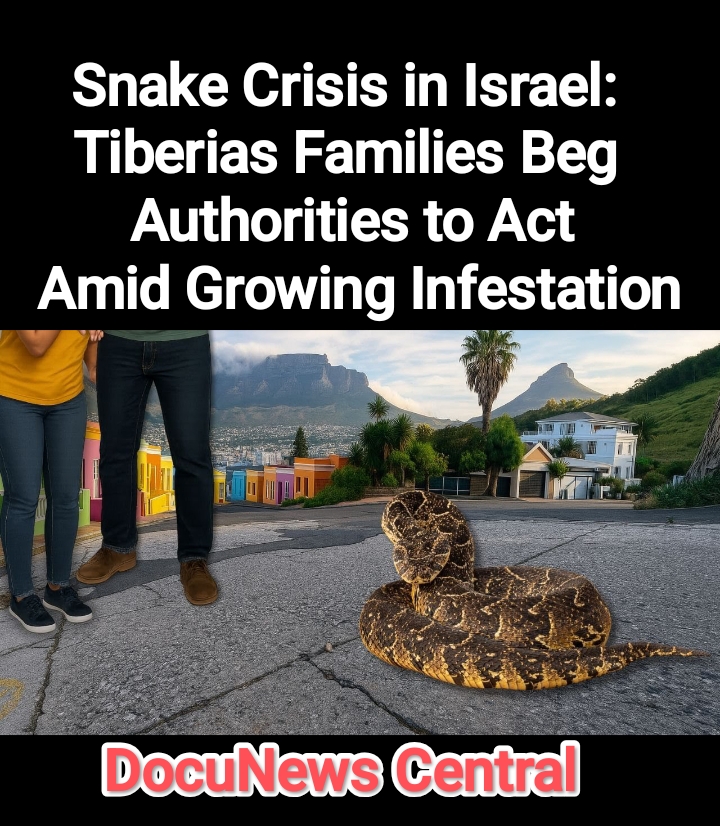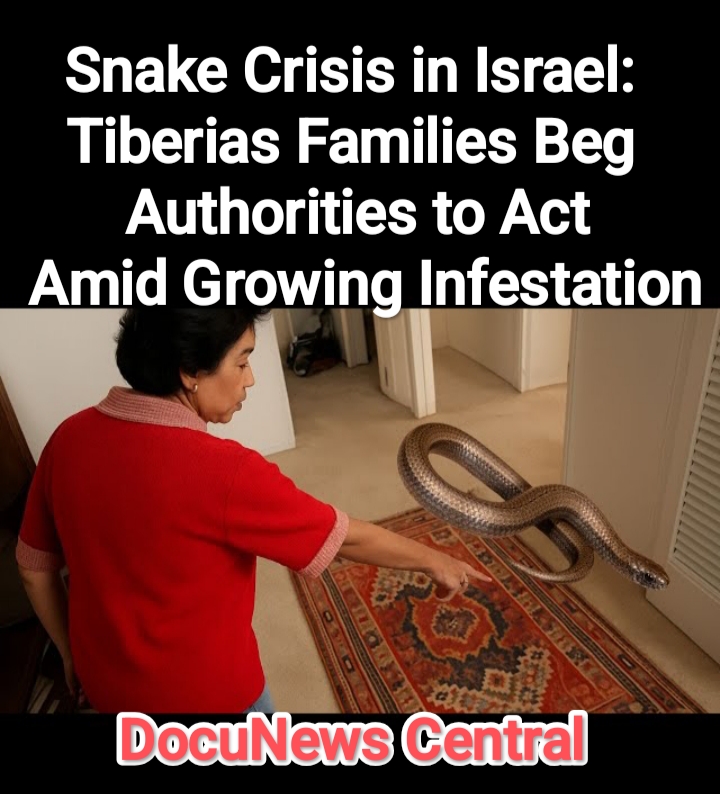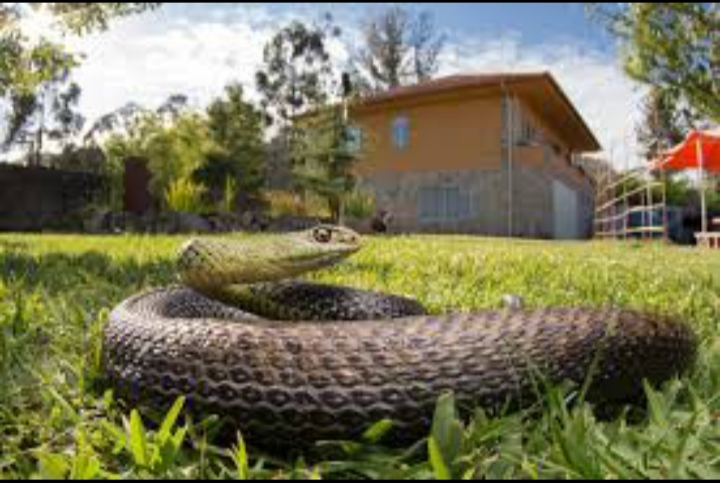

Snake Crisis in Israel: Tiberias Families Beg Authorities to Act Amid Growing Infestation
By: DocuNews Central Staff | November 9, 2025 | Local News / Tiberias

The situation on Moran Street
In the scenic city of Tiberias—nestled on the western shore of the Sea of Galilee—residents of Moran Street are sounding the alarm over a rising snake infestation. Families say snakes have appeared in yards, gardens and even inside homes, prompting urgent pleas to municipal authorities in Israel for immediate action.
According to residents’ accounts reported in local media, snakes have been sighted near children’s play areas and inside backyards, forcing families to confine children indoors and sleep with extra vigilance. Many say the rise in sightings correlates with dry spells and overgrown vegetation around properties.
What residents are reporting
- Repeated snake sightings in private yards and common areas.
- Snakes found inside homes through holes, gaps and unsealed spaces.
- Increased anxiety among parents and a decline in outdoor family activities.
- Perceived slow municipal response and unclear responsibilities.

What’s driving the infestation?
Experts and residents point to several likely causes:
- Climate and habitat shifts: Rising temperatures and erratic rainfall can push snakes closer to homes in search of shelter and prey.
- Vegetation & landscaping: Overgrown gardens, rock piles and compost heaps provide excellent hiding places close to houses.
- Structural vulnerabilities: Gaps under doors, holes in foundations and unsealed crawlspaces allow snakes to enter buildings.
- Prey availability: An uptick in rodents and other small animals around homes acts as bait for snakes.
How the infestation affects daily life
The psychological and practical impacts are notable:
- Children’s safety concerns: Parents report constant vigilance and disrupted sleep.
- Loss of outdoor living: Backyard meals, playtime and gatherings are being curtailed.
- Community stress: Neighbours are worried and sometimes hesitant to raise complaints for fear of being dismissed.
- Unclear responsibility: Residents are unsure whether to contact municipal services, regional environmental agencies, or private pest control.

Local authority response — gaps and limitations
So far the municipal response has been mixed. Authorities have acknowledged complaints and committed to inspections of green spaces and vacant lots adjacent to Moran Street. They also advised residents to tidy yards, seal entry points and control rodents.
Residents, however, report shortcomings:
- Slow mobilisation of inspection teams—days or weeks may pass between reports and site visits.
- Limited operational capacity of municipal pest-control units to deal with a surge in snake incidents.
- A shortage of trained snake handlers with expertise in safe removal and species identification.
- A data gap: no publicly available log of sightings, species, removal results or hot spots.
An urgent call to action — recommended short-term steps
Residents are calling for a coordinated response. Short-term actions that could reduce risk immediately include:
- Rapid Response Team: Mobilise trained snake removal teams, equipped with safe traps and protective gear, and make them available on call for Moran Street.
- Public Education: Distribute multilingual leaflets (Hebrew/Arabic/English) with clear guidance on what to do when spotting a snake, emergency contacts, and basic first aid for bites.
- Home Inspections: Offer subsidised inspections to identify and seal entry points (e.g., door sweeps, mesh vents).
- Rodent & Habitat Control: Remove rodent attractants, clear wood/rock piles and trim dense shrubbery near property boundaries.

Long-term strategy — monitoring, landscape design and community ownership
To prevent recurrence, a long-term plan is needed:
- Monitoring & data collection: Log all sightings and removal incidents to map hot zones and inform targeted interventions.
- Landscape management: Rework vulnerable green zones — adopt graded slopes, selective ground cover and remove dense undergrowth near residences.
- Community engagement: Create a Moran Street liaison group to coordinate clean-ups, report sightings quickly and liaise with municipal teams.
- Policy & funding: Allocate municipal budget lines to urban–wildlife interface management and consider homeowner incentives for mitigation work.
Broader significance
The Moran Street episode highlights a wider challenge: as climate patterns shift and urban development creeps into natural corridors, the urban-wildlife interface will become a growing municipal responsibility in Israel and elsewhere. Managing these risks involves not just pest control but considered urban planning, environmental stewardship and public education.
How residents can report sightings and get help
If you live in Tiberias (or similar neighbourhoods) and see a snake:
- Do not attempt to handle the snake yourself.
- Keep children and pets indoors and away from the area.
- Note the exact location and, if possible, take a photo from a safe distance.
- Contact municipal services / emergency animal control or a certified snake removal service immediately.
- Share the sighting with neighbours so they can take precautions.
Suggested municipal contact template:
Subject: URGENT - Snake sighting at [Exact Address], Moran Street, Tiberias
Details: [Date, Time, Location, Brief description, Photo if available]
Contact: [Your name and phone number]
Conclusion
Families on Moran Street want a return to ordinary life—outdoor meals, children playing in gardens and nights without the constant worry of a snake in the home. If local authorities respond with rapid teams, public education and long-term habitat management, Moran Street can recover and serve as a model for other communities in Israel dealing with wildlife incursions.
“We moved here for the beautiful view, the sea, the calm. We love this place. We just want to live here without dreading the shadows,” a resident said. That simple request—safety in one’s own home—lies at the heart of this crisis and the plan to solve it.






